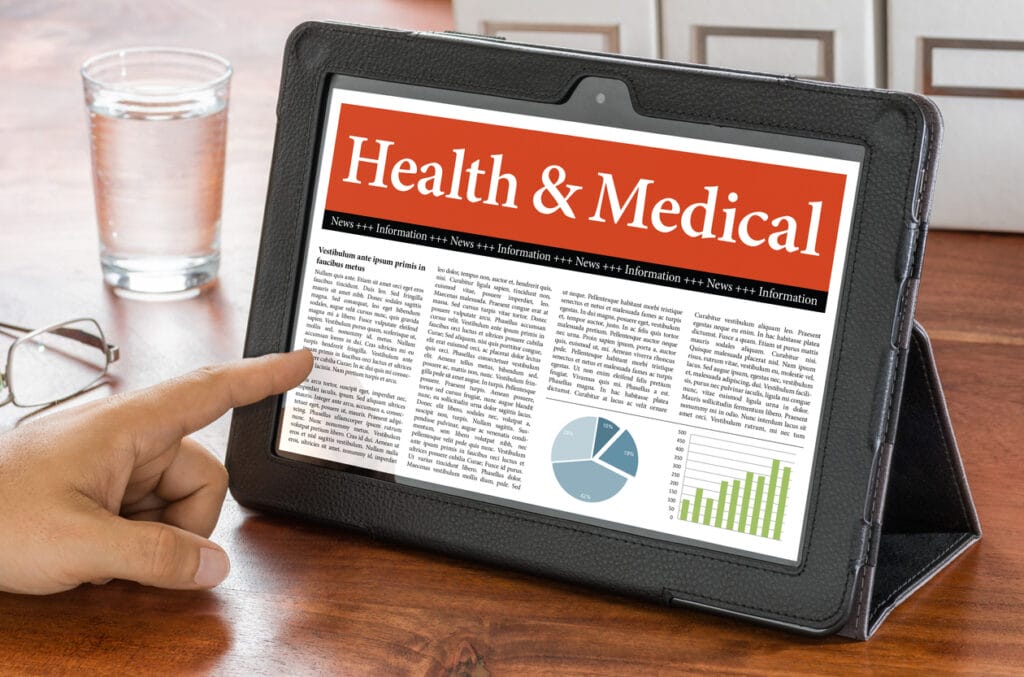With the increasing public interest in health and wellness, publishers face a growing demand for reliable and evidence-based content. Of course, when it comes to health advice, quality and accuracy are a must. Many health and wellness content publishers strive to achieve the speed, detail, precision, and health-related expertise necessary to meet the audience’s need for new content.
As editorial demand rises, AI offers a unique solution to streamline content ideation, unseen bias detection, and fact-checking. This ensures the ability to rapidly publish high-quality health and wellness pieces in a wide range of general and niche subjects.
Why AI Now?
Whether to use AI in content production has been a long-held debate since the debut of natural language models. However, as pressure for content increases, using AI as an editorial tool becomes the natural solution. Editors must produce content of rising volume and complexity. Health and wellness subjects also heighten the stakes for accuracy, not just to cultivate brand trust but also due to the risk of sharing misinformation.
Editors can easily offload tasks like brainstorming, scheduling, and link-checking to an AI tool while focusing on ensuring content quality and voice.
Publishers are discovering that they can set up AI to enable a more efficient workflow. While it cannot function independently as an editor with the oversight and understanding of a human expert, it can empower editorial work with an incredible set of tools. When editors know the necessary steps but would benefit from going faster, that’s where AI tools can really shine in the editorial process.

AI-Assisted Content Ideation
AI tools such as chatbots and analytics platforms can spark fresh inspiration for your content calendar. They help generate new ideas in the health and wellness space while also highlighting topics you’ve already explored—and revealing opportunities to revisit them from a new angle.
Conversational AI is a great tool for brainstorming because Large Language Models (LLMs) can extemporize on a theme and draw ideas from across the global internet. Analytics can reveal patterns you didn’t realize, both in your own content and in subjects your readers want to see.
An editor might provide an AI with their content archive and ask for wellness topic ideas that go outside this list. The AI could then provide a valuable summary of topics such as health conditions or fitness methods that are not yet included in the body of work.
A practical workflow might involve using AI-powered search tools to explore current trends, forum discussions, and niche community interests to inspire article ideas. Try prompting your AI with a creative challenge—like avoiding the “same old tips” or reimagining familiar wellness advice—and see what it generates. The results might surprise you.
Keeping Health and Wellness Content Evidence-Based With AI
Health and wellness content must always be backed by research and facts. After all, people who take advice from your content pieces trust their health to the expertise you share. That can put a lot of pressure on editors who are trying to publish a large body of content quickly. Fortunately, AI can help.
AI can become your lightning-speed research partner. You can use AI to discover, scan, and summarize peer-reviewed studies and professional health guidelines. You can ensure that the references used are up-to-date and high-quality so your readers get the best advice available.
Editors often know that certain research documents relate to their wellness content, but these scientific documents can be challenging to read. They might ask an AI tool to read each piece and summarize the key medical points to ensure references in the article are accurate and aligned with the researchers’ conclusions.
While AI is a powerful research tool, remember that human editors must always be the final gatekeepers to fact-check the AI’s results and ensure that your content conveys medical accuracy. Fact-check the research done by your AI tools, and you can also use two AIs across from each other to ensure they both provide the same accurate analysis.

Bias Detection and Inclusive Language for Health and Wellness Content
AI is also immune to human blind spots when it comes to bias and inclusivity. Unintentional bias is natural to human existence. We build mental patterns to function effectively, but this can create room for unrealized bias. One common example might be automatically talking about a health condition concerning specific demographics when, medically, it might be possible for a much larger group to benefit from the same medical advice.
For example, an editor might run their article through the bias checker AI, which could point out that feminine pronouns are used by default for a medical condition that can affect men and women equally.
AI tools and plugins can flag these accidental oversights and provide more inclusive language suggestions to make your editorial content more welcoming to all potential readers. Automated scanning can help you find places that benefit from improvement, and human nuance ensures that your language is always natural and uplifting.
Human + AI = Better Content
Editors are essential to the publication process, and AI can help you do your best work with greater speed and precision. AI increases your ability to edit quickly, enhances creativity when brainstorming, and streamlines your research process. While AI increases speed, humans ensure nuance, trust, and a consistent brand voice for every health and wellness content publication.
The ideal approach is to develop a style for integrating AI tools with your own editorial style and judgement. Explore your creative use of AI prompts, experiment with topic selection, and hone your research analysis. AI offers a powerful toolkit for human editors, but can’t substitute your valuable real-life experience, expertise, and human consideration.

Harness the Best of Both Worlds
Editors ensure that each piece is finely tailored to the audience’s interests and tastes, the brand’s voice, and the quality standards that both require in composition and accuracy. As demand rises, it’s only natural for editors to improve their toolkits to streamline the process. Today, that means using AI to spark creativity in content design, enhance your ability to research quickly, and check for bias with a level of objectivity that enhances human sensitivity.
Now is the ideal time to try an open approach to experimentation. AI can become your creative partner in health and wellness content creation, editing, and publishing. What is the next step? Challenge yourself to incorporate at least one AI-powered workflow this month and reflect on the impact you experience. Contact us today to learn more.





